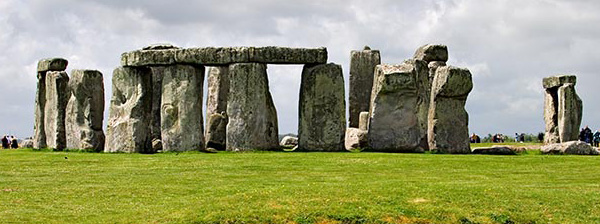I just read a fascinating Wikipedia entry about an ancient skeleton that was discovered just in 2002 in Amesbury, an area in the vicinity of Stonehenge. These bones have been labeled “The Amesbury Archer” and date back to 2300 BC.
Mankind has traveled so far, yet, who we are, the essence of our being, hasn’t budged. If we can understand what was driving the people of Stonehenge, we can probably understand our own selves a little better. In evolutionary time, The Archer, and the builders of Stonehenge are our next of kin who we saw just yesterday.
This video says that there is a link between the origin of Stonehenge and The Amesbury Archer. The Wikipedia entry says that “research using oxygen isotope analysis in his tooth enamel” showed that the Archer came from “a cool alpine region of central Europe.” The evidence shows that The Archer was an outsider to the region. Yet, he was buried with the quality and quantity of artifacts that would indicate that in his short life he had risen to a position of great influence and wealth.
I image there are several good novels that could be dreamt up — centered on The Amesbury Archer. Since he was buried just three miles from Stonehenge, it is interesting to speculate that maybe he was an early leader that helped inspired the whole thing. A novel about the Archer could speculate how these ancient relatives of ours thought, what motivated them to want to build Stonehenge.
It is interesting to consider what drove the people of that time to accomplish something so glorious. Maybe the Archer was a visionary leader who inspired them.
Our earliest relatives tell us about the power of a shared vision.























